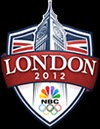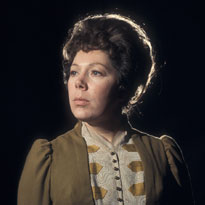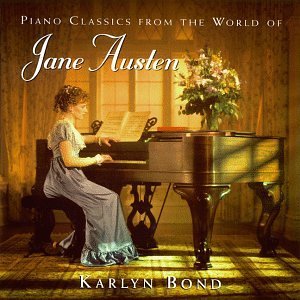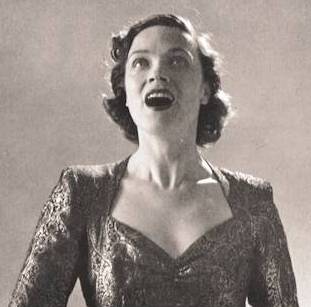Victoria here, writing about two of my favorite subjects: London (or, rather, make that Greenwich) and horses.
I’m hoping that, like 2008, I will be able to watch some of the Olympic Equestrian events between July 27 and August 12. Six sets of medals will be awarded, for individual and team accomplishments in three categories: Eventing, Dressage, and Show Jumping. All three call for the very highest talents, training, and cooperation among horses and riders, and with the Pentathlon, they are the only Olympic sports that involves human-animal collaboration.
An even better view (below) shows rider Karin Donckers of Belgium in the dressage competition in 2011. Does it get any more spectacular than this, London lovers? There were some protesters, but the powers-that-be promise to return the site to its usual lawn and tree-studded parkland.
In 2008, the Olympic Equestrian events were held far from Beijing in Hong Kong, so the competitors are pleased to be more centrally located this year. In 2012, as in 2008, medals will be awarded in six categories, as below, listing the winners in 2008:
In Eventing, Germany won gold, Australia won silver and Great Britain bronze. For the individual medals in Eventing, riders from Germany, the USA, and Great Britain won the gold, silver and bronze medals respectively.
The Equestrian events are clustered as follows:
Eventing: Saturday 28 – Tuesday 31 July
Dressage: Thursday 2 – Thursday 9 August
Jumping: Saturday 4 – Wednesday 8 August
Eventing competitions — often called Horse Trials — are three-day series of activities which include dressage, stadium jumping and a 5.7 kilometre cross-country course. All three phases with the same horse and rider require a very high level of training and partnership. 2012 Team GB members in Eventing are: William Fox-Pitt, Nicola Wilson, Mary King, Zara Phillips, and Kristina Cook. Cook won the 2008 individual bronze medal in Eventing.
ting or gymnastic competitions, a series of prescribed movements are performed and scored, followed by a free-style, though formal, sequence choreographed carefully and set to music. Such refined natural movements as the piaffe, passage and pirouette must be executed. Both horse and rider need intense concentration, intimate control, and perfect harmony.
 |
| Alan Millar, 2012 Team Canada in Show Jumping |
Olympic Factoid: Elizabeth “Beezie” Madden of Team USA was born in Milwaukee, WI, where I live. You needed to know that, right??? Beezie won a bronze medal in individual Show Jumping in 2008 and was a member of both gold-medal Teams USA in 2004 and 2008.
http://www.nbcolympics.com/index.html




















































